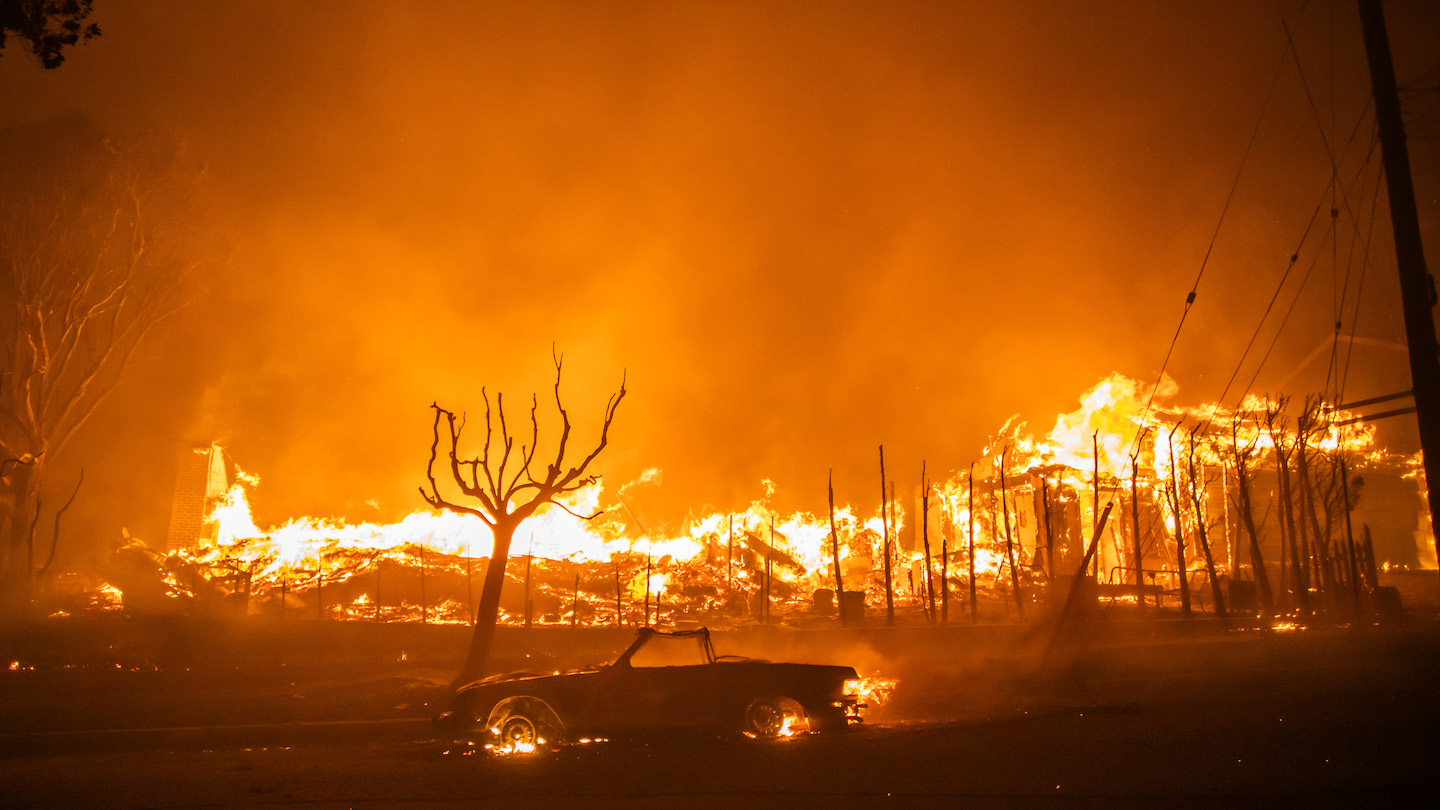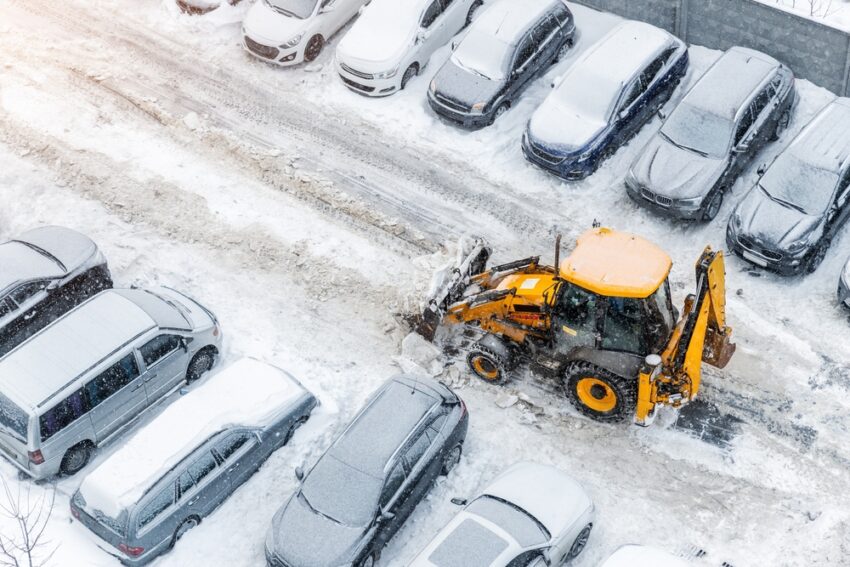The Landslide Blog is written by Dave Petley, who is widely recognized as a world leader in the study and management of landslides.

In terms of “natural” disasters, attention is currently focused on events in Los Angeles, which will in due course may have substantial implications for landslides. A large atmospheric river event in the remainder of this winter is likely to heap additional stresses on already devastated communities. But we must not lose sight of other recent events, which include the 17 December Mw=7.3 Port Vila earthquake in Vanuatu, whih primarily affected the island of Efate.
The final loss of life appears to be 14 people, with 265 injured, and an unknown number missing. Landslides have been a major issue (I wrote about this at the time) – Wikipedia says:
Many landslides occurred, including some that blocked roads and buried a wharf in the city. Two bridges also collapsed…A landslide struck the international shipping terminal of Port Vila…Another landslide buried a bus, resulting in multiple deaths…Landslides were also reported in outlying villages and islands, while three bridges were damaged to a point that they were at high risk of collapsing in case of heavy rain.
I have been monitoring the Planet Labs imagery over the last few weeks to try to get a sense of the landslide impacts away from the coast. This is very challenging as Vanuatu is very cloudy. However, the picture is starting to emerge.
The best image so far is from 2 January 2025, but it only captured a part of the area. This is the image:-

As per the caption, the new image is the brighter, left part of the above. The duller section on the right is an older (pre-earthquake) image.
It is worth comparing this image with one collected shortly before the earthquake, on 14 December 2024:-


In the area of overlap between the new part of the two images, multiple shallow landslides are clearly visible. The image below shows this a little more clearly:-

This shows that there are hundreds of small, shallow landslides across the forested interior of Efate, plus a number of larger areas of landslides (some of the bigger ones have a length in the order of 600 – 700 metres). These landslides appear to have been strongly controlled by the topography, having occurred primarily at the crests of steeper slopes.
Fortunately, these landslides have not merged to form channelised debris flows indeed connectivity with the drainage system appears to be low at present. But the early months of the year are the wettest in Efate (March appears to be the rainiest month).
The typical pattern for post-seismic landslides is that the first exceptional rainfall event triggers many more failures. This will need close attention in the next few years. The population in the interior of Efate appears to be low, but channelised debris flows could be a real threat downstream.
Reference and acknowledgement
Planet Team (2025). Planet Application Program Interface: In Space for Life on Earth. San Francisco, CA. https://www.planet.com/
Thanks as ever to the team at Planet Labs for making imagery available to me.








Leave a Comment